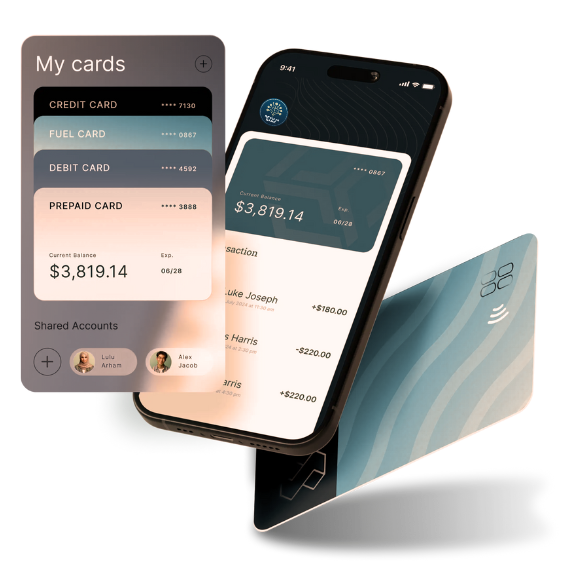Cookie Settings
Please allow us to collect data about how you use our website. We will use it to improve our website, make your browsing experience and our business decisions better. Learn more
Buy Now, Pay Later (BNPL) vs. Traditional Credit Cards
The fundamental difference between BNPL and traditional credit cards lies in their structure and how they generate revenue.
Business Model Comparison:
BNPL:
BNPL is transaction-specific. Merchants pay a fee to the BNPL provider—often higher than credit card processing fees. Consumers repay in fixed, usually interest-free installments if paid on time. BNPL providers earn revenue from merchant fees and late payment penalties. This model encourages consumers to complete larger purchases by breaking them into smaller, manageable payments.
Traditional Credit Cards:
Credit cards offer a revolving credit line for multiple transactions up to a limit. Revenue primarily comes from interest on outstanding balances, along with annual fees, late fees, and interchange fees from merchants. It focuses more on long-term borrowing and revolving debt.
How AI and Blockchain Enhance BNPL
These two technologies significantly improve BNPL by boosting credit accuracy, fraud prevention, and operational efficiency.
AI-Powered Credit Assessment:
Traditional credit scores like FICO are limited. AI uses broader data—such as spending history, financial behavior, and (with consent) even social media activity—to generate a more accurate credit risk profile. This enables personalized credit decisions and dynamic credit limits.
Instant Credit Approval:
AI can evaluate user data in milliseconds, providing instant BNPL loan approvals at checkout—a key advantage over traditional financing models.
Fraud Detection:
AI algorithms continuously learn from user behavior to identify suspicious patterns, offering faster and more accurate fraud detection than traditional systems.
Blockchain for Security & Transparency:
Blockchain provides a tamper-proof, decentralized ledger for all transactions. It ensures transparent loan histories, reduces disputes, and enables automated BNPL processes via smart contracts. These contracts handle disbursement, repayment scheduling, and collections, cutting administrative costs and human error.
BNPL Strategy in a Tokenized Digital Banking Platform: RevoAI Bank
By integrating BNPL into a tokenized ecosystem, RevoAI Bank creates new revenue streams while increasing the utility of its native token, RVAI.
Key Innovations:
AI-Driven Underwriting Engine:
RevoAI Bank can use a hybrid data model (on-chain and off-chain) to evaluate creditworthiness. On-chain data includes RVAI and crypto transaction history, while off-chain data (e.g., bank account info) is accessed with user permission. This enables rapid, accurate BNPL loan decisions.
Smart Contract-Based BNPL on Solana:
Smart contracts automate the entire BNPL process—from disbursement to installment collection—improving transparency, reducing delays, and cutting costs.
RVAI Token Utility Integration:
Consumers using RVAI for repayments could earn discounts or reduced penalties. This incentivizes token usage and builds demand.
Collateralized BNPL for High-Value Purchases:
For larger transactions, BNPL loans could be backed by tokenized assets or RVAI tokens held in escrow. Smart contracts would manage the collateral and release it upon full repayment—ensuring trust and minimizing risk.
Join us now to grow your wealth. Achieve financial freedom!
Join Us
